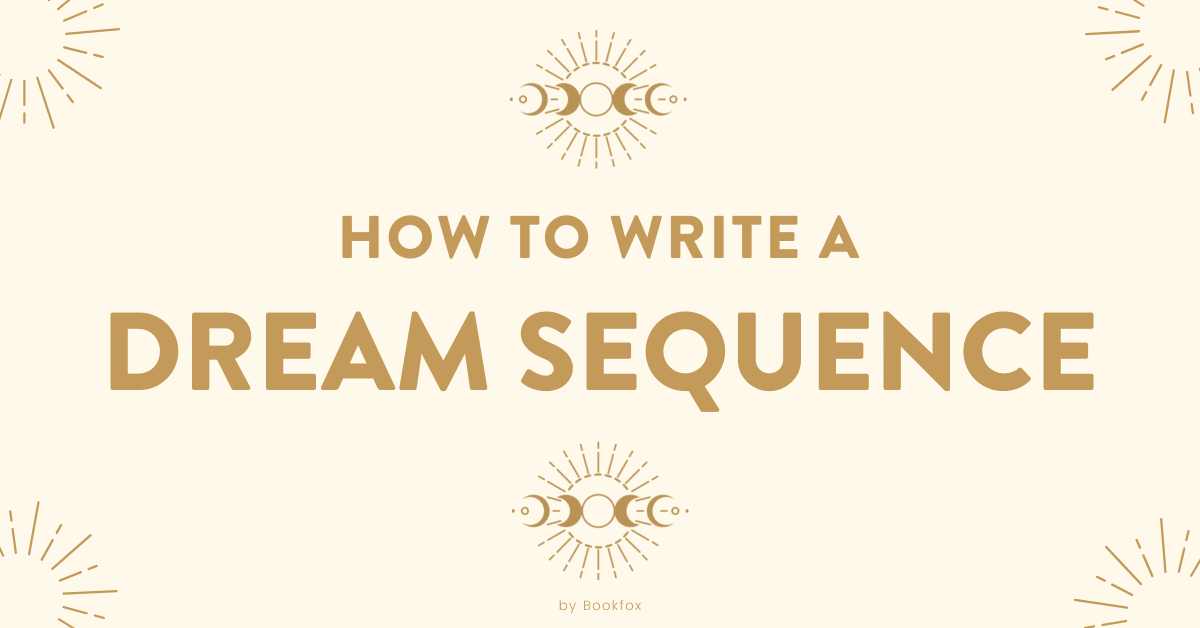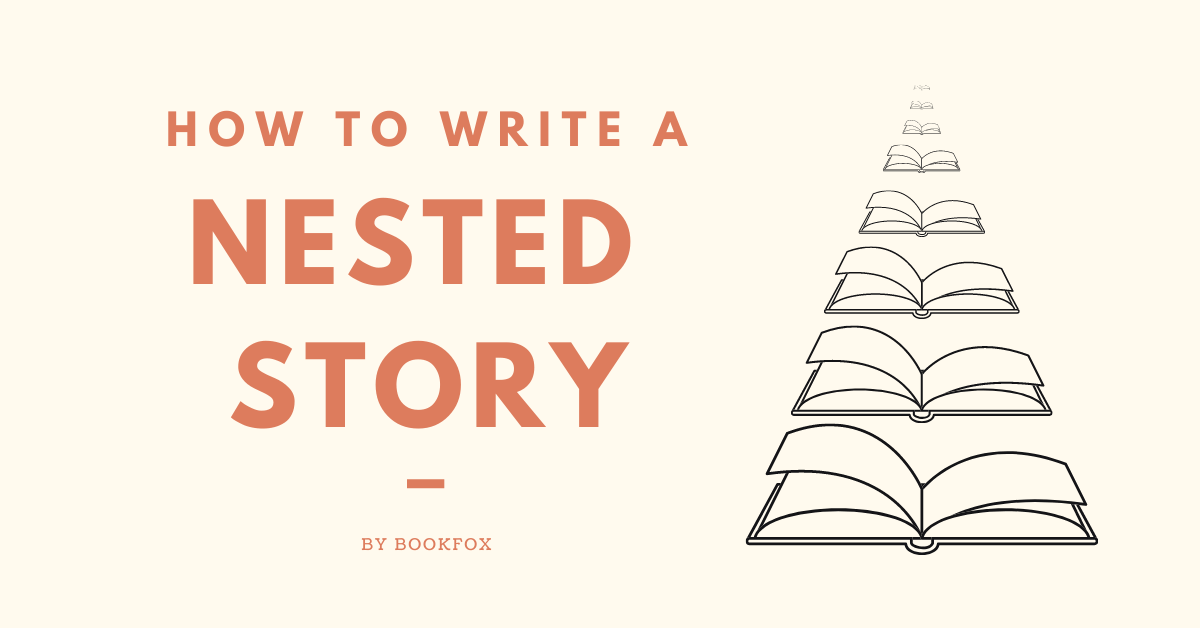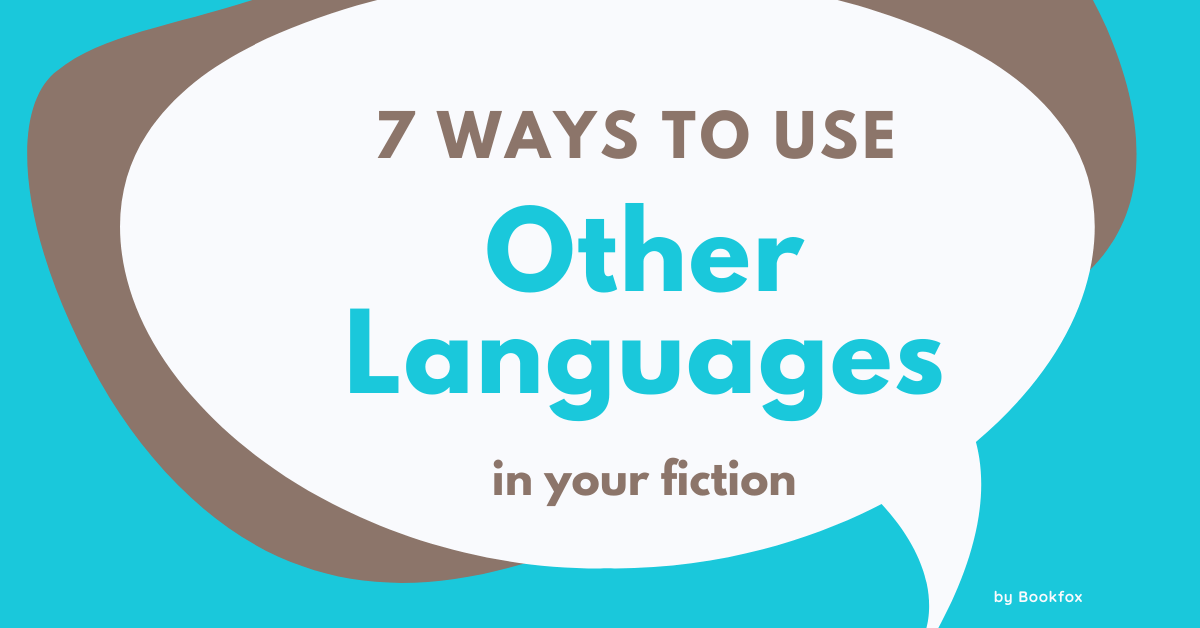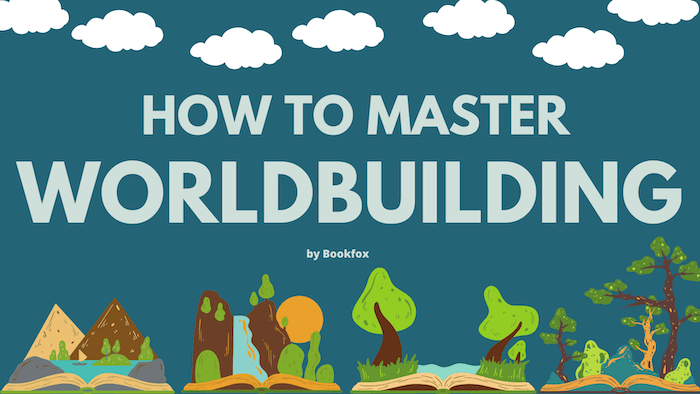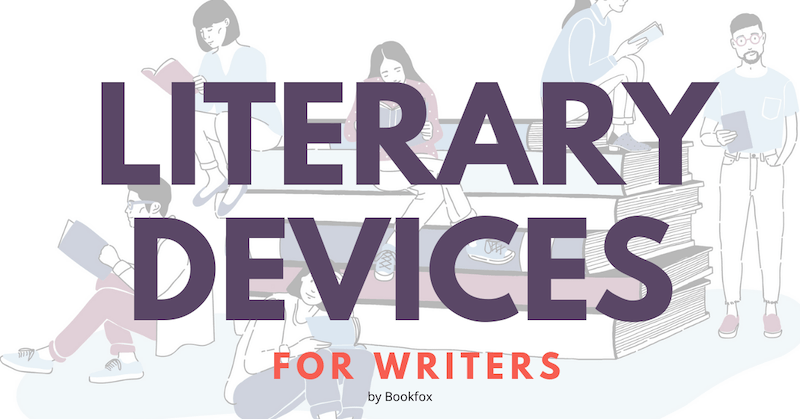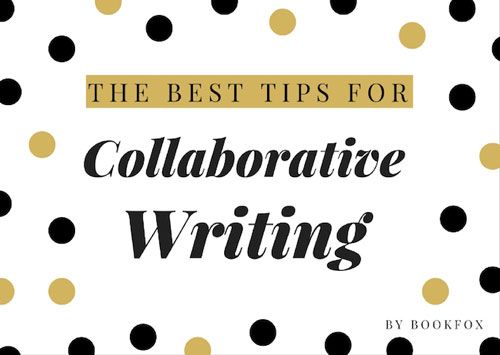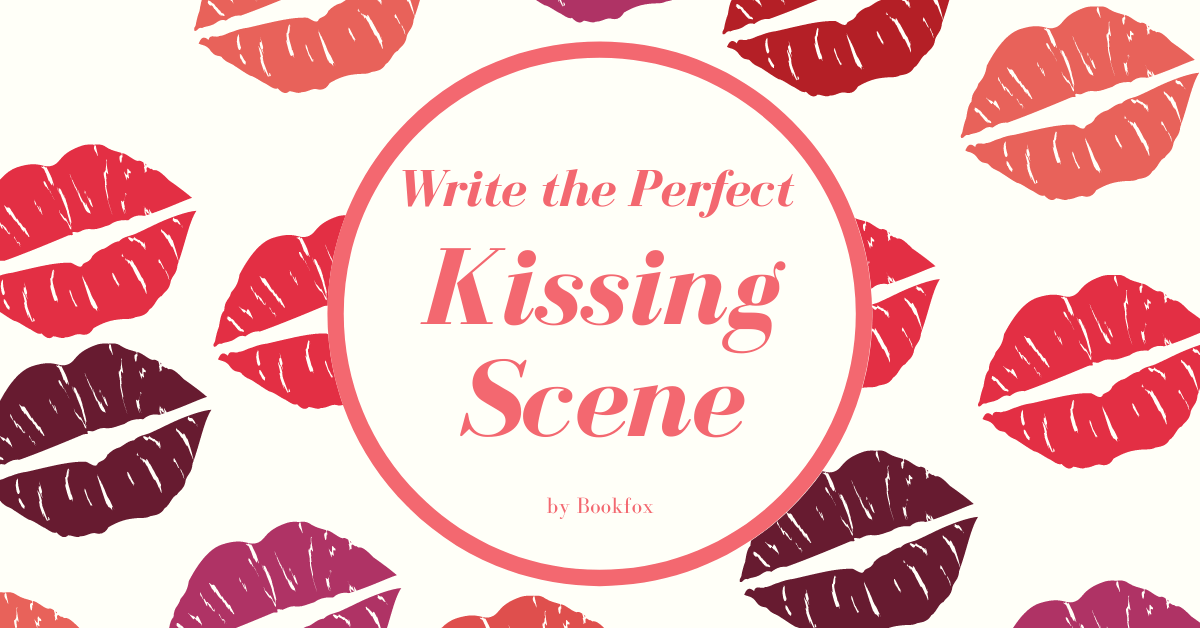Smell is the best sense to use in your writing. Yes: it’s better than sound, better than sight, better than touch. There’s something about smell that bypasses all of the normal roadblocks in our brain and goes straight to memory and animal instincts. It’s primitive. It’s elemental. If you want to really immerse a reader […]
The Blog
- All posts
- All Popular Posts
- Characters
- Children's Books
- Dialogue
- Editing
- Endings
- Literary Agents
- Marketing
- Novels
- Plot
- Point of View
- Publishers
- Short Stories
- Writing Techniques
- Writing Wisdom
- 9 Ways to Describe Scents in your Book

- 8 Ways to Write a Dream Sequence

It’s easy to hate dream sequences in a novel. I mean, how many bad dreams sequences have you read? I’ve read a ton, and that’s why for so long I was resistant to teach other writers how to use dreams, and refused to use them in my fiction. But after continuing to see dreams in […]
- 10 Incredibly Written Sex Scenes in Books

Articles about sex scenes in books usually fail in one of 3 ways. They often: The sex scenes below are literary fiction. But don’t run away! They’re really good sex and really good writing, and yes, those things can be combined. I’ll prove it to you. Just read the first couple of excerpts below and […]
- 7 Ways to Write a Story Within a Story (Nested Stories)

A key part of writing a novel is figuring out the structure of your story. However, this structure might actually only be one layer of your novel. Complex plots often contain multiple layers of story. A shorter story contained inside a longer story or novel is called a story-within-a-story, an embedded story, or a nested […]
- 7 Ways to Use Foreign Languages in Your Fiction

One of the greatest strengths of novels is their ability to include the voices of a wide cast of characters. However, if these characters speak different languages from the one you are writing in, you end up with a dilemma: How do you handle other languages within your fiction? When writing multi-lingual scenes, you have […]
- How to Master Worldbuilding: A Guide to Science Fiction and Fantasy

From Lord of the Rings to Star Wars, across sci-fi and fantasy, good worldbuilding is what makes genre fiction stand out. Well-constructed worlds are legendary—they capture audience’s imaginations, and they make readers want to live in the story forever. What would Terry Pratchett’s Discworld series be without the Discworld itself? What would The Wizard of […]
- 35+ Literary Devices Writers Should Use in their Next Book

Literary devices aren’t something you learn in English class and then forget about for the rest of your life. They’re a beating, thumping heart of the fiction writer’s toolbox. If you don’t know these literary devices below, you’re probably using some of them already. But if you learn by reading the examples, you’ll be better […]
- The Best Tips for Collaborative Writing

The first step to successful collaborative writing? Abandon the false idea that writers write better when they work alone. People usually think of writers as quiet and brooding loners who separate themselves from society in order to write. The solitary writer is imagined as an introvert, alone at the desk. But this fantasy of what […]
- Steamy yet Sophisticated: How to Write the Perfect Kissing Scene

One of the most difficult scenes to write is a kissing scene, or really any scene when when things get hot and heavy. Writers worry about being too obscene (will my mother read this?), or even worse, not vulgar enough (no one wants to be labeled a prude). Humans are private creatures when it comes to lust, and […]

